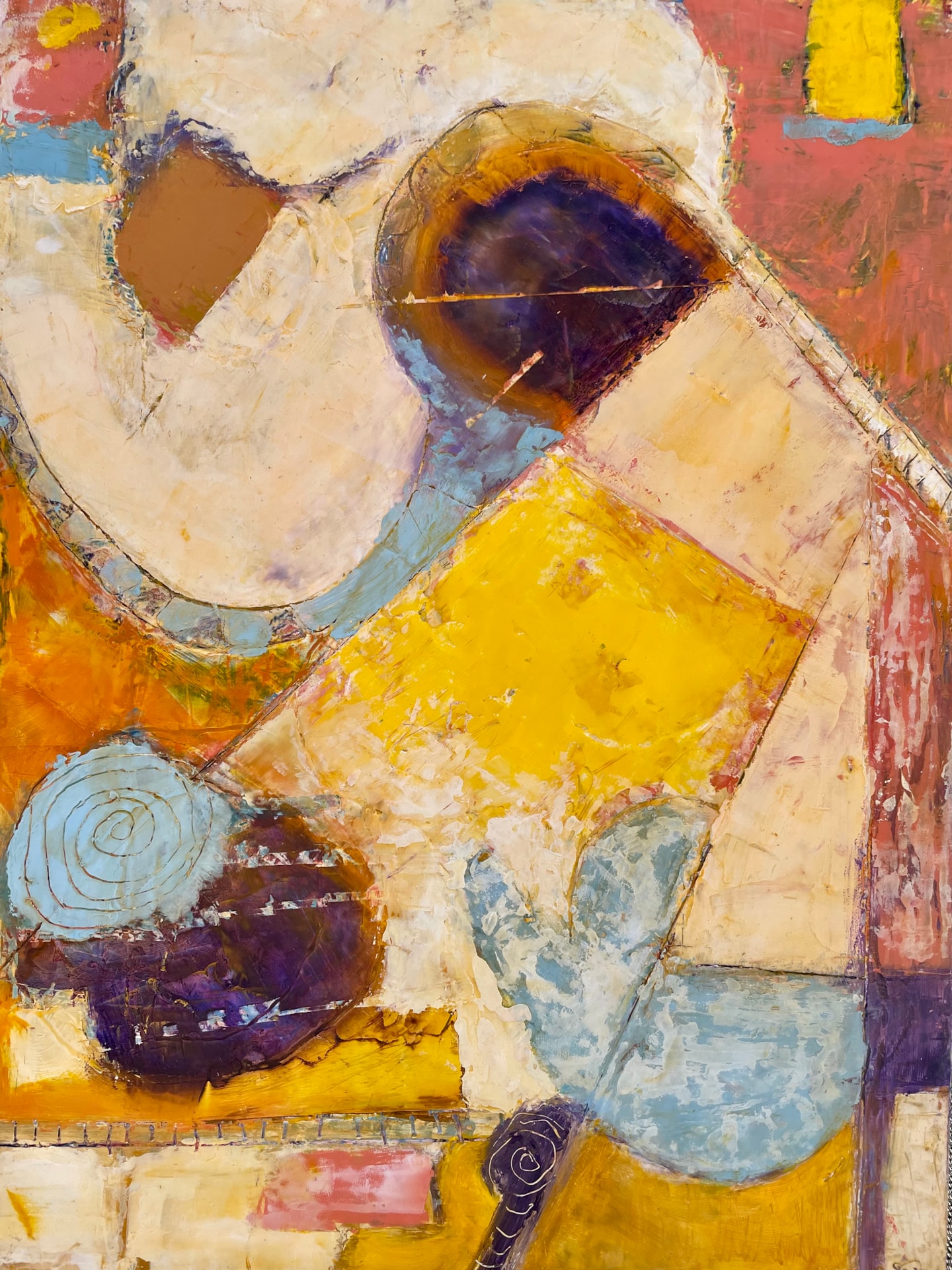Sean Enfield is an essayist, poet, gardener, bassist, and educator from Dallas, Texas. His debut collection of essays, Holy American Burnout!, was published by Split/Lip Press and was a finalist for the 2024 CLMP Firecracker Award in Creative Nonfiction. He received his MFA from the University of Alaska—Fairbanks, where he served as the editor-in-chief of Permafrost Magazine. Now he serves as an assistant nonfiction editor at Terrain.org. He was the 2020 recipient of the Fourth Genre’s Steinberg Memorial Essay Prize and has twice had essays listed as notable in Best American Essays. You can find his work at seanenfield.com.
Interviewed by Madalyn Hansen
Inscape Journal: How did your concurrent education effect your writing in Holy American Burnout!?
Sean Enfield: I was doing an MFA in Fairbanks, Alaska. In some ways, I’m indebted to the program for this collection because it started through some essays and workshops I did for it. I went into the program as a fiction writer—I submitted a story to get in. I’d written a little bit of nonfiction before getting in, but it wasn’t something I was focused on. I accidentally enrolled in a nonfiction workshop because I didn’t understand the distinction between the two course numbers. Instead of withdrawing and switching, I decided to see this out, challenge myself, and do some more nonfiction. I wrote a couple of essays in there that ended up being the seeds of what would eventually be this book. That nonfiction workshop illuminated some of the ways I was hiding behind fiction in writing instead of attempting to bring new truth through fiction. It was my catalyst for even pursuing nonfiction.
IJ: In the book’s acknowledgements, you say that you told your parents as a preteen that you wanted to be a writer. What led you to this decision and to the MFA program where you eventually started writing creative essays?
SE: I’ve been writing seriously since I was in middle school. My parents never really forced me into anything else, and I’m grateful that they’ve been supportive of this delusion. I was always interested in writing and telling stories as a kid. I’d do it as a way of goofing off and making my friends laugh, or I’d write scripts for YouTube videos we’d never actually make.
But then I wrote a story for a short story contest in our middle school magazine. The judge was my English teacher, and she was excited to workshop my story with me and put it in the magazine. I grew up reading comic books. Origin stories are important—Spider-Man has to get bitten for there to be a Spider-Man. I guess that was my “spider bite,” this teacher taking a mentor role, helping me polish the story before it went to print. When you’re thirteen and your words are in print somewhere for everyone to read, it’s so cool. I guess I’ve been chasing that high for twenty years.
IJ: You talk a lot about teaching in Holy American Burnout! Did your mentor relationship with your teacher impact your decision to go into teaching?
SE: Not consciously, at first. I loved and admired my teachers, but never thought I would do that. My teachers were definitely the reason I ended up going to college and studying English as a discipline, but mostly, I started teaching because I needed a job. After I graduated, you know, people aren’t lining up to pay you to write like my teenage brain thought they would be. I found a teaching job off Craigslist after some failed interviews. While teaching, I saw there’s a lot of back-and-forth between the acts of teaching and writing literature that I didn’t appreciate when I started. I’m grateful I fell into this, even though the first year of it was a disaster. I don’t know that I would still be writing if I wasn’t also teaching writing.
IJ: Do you see yourself continuing to teach after finishing your doctoral program, or is that not something you see for your future?
SE: The job market is a beast right now, but I’d love to keep teaching after getting my PhD. I don’t see myself giving up teaching, whether it’s as a career on the college level or it becomes more of a volunteer thing. In my collection, I write about a youth pastor of mine and about other teachers who taught me outside of the classroom. In that same essay, I write about growing up going to see punk bands and how that had its own kind of teaching, too, even though punk bands are very far removed from what you think a classroom is. There’s still an education there. If they kick me out of the classroom, I’m sure I’ll find my way back into education.
IJ: In that essay, “God is a Mosh Pit,” you mention your love of music, and on your website, you have a list of your 50 favorite albums. What role does music have in your creative life?
SE: Music is a fundamental part of how I write and my creative process in general. I always have music on in the background, even when it probably isn’t advisable. I don’t have a great memory. I’m not great at journaling or preserving past versions of myself. I have many half-started journals that I don’t keep. Music is a place for me to reaccess those things that I’ve lost. It becomes associated with memories of a particular time; I need it to trick myself to going back into a mental space I no longer have an archive of.
A lot of these essays tap into whatever I was listening to at the time. The final essay is about when I was fired from my teaching job, which I didn’t journal about. I obviously had a strong response to it in the moment, but I don’t have any of it recorded. I do remember Frank Ocean’s albums had come out that weekend. Listening to them again and thinking about what was going on triggers those emotions back and helps me get to that version of myself that’s still there, but has to be accessed in a different way. I guess my only habitual way of journaling is playlist-making and album ordering or sequencing.
IJ: What does your process for writing a single creative essay look like?
SE: With this book, I didn’t do a lot of writing by hand first, which is something I usually do when writing poetry or fiction as a way of slowing myself down, because word processors make it too easy to go into editor mode. It was easier to do this book in a word processor than on a piece of paper. One of the essays is formatted as a lesson plan, and I make lesson plans on a computer, not on paper. Using the word processor for that essay helped put me in that mental place and build out the narrative in a way I don’t think I could have done on paper. I try to bring that into my writing classes, thinking about form not just as a way of adhering to tradition but also a way of accessing things we can’t access otherwise, making it more of a generative, permissive thing than a restrictive thing. It’s a way of getting yourself out of the way so you can tell the story you have to tell.
IJ: The title of your collection, Holy American Burnout!, is highly evocative. You briefly mention the background behind it in the essay “Do You Commute?,” but I’d love to know a little bit more about how you chose it.
SE: I struggle with titles. I generally repurpose them from song lyrics and things, but the title of this book comes from that essay, “Do You Commute?” So much of the collection deals with the exhaustion and fatigue of teaching and living in the world in general. As I wrote this one, I couldn’t avoid the metaphor of a car engine burning out, especially given that it’s about a car I wrecked and another one whose transmission blew out because it was overused. Sometimes life gives you these things that are horrible but they’re also functional metaphors. Those two cars I wrecked during my first year of teaching connect to the wearing down of a person trying to work in a social-facing position in any sort of system. That’s how the essay led me to the title, Holy American Burnout!
I didn’t know that it would be the title as I wrote it. Even after I landed on it, I wasn’t sure it was the right hat for this wardrobe because I didn’t want this just to be a book about teaching in the classroom. I wanted to leave room for other detours and concepts about what it means to teach and be taught in America. I remember a conversation with a good friend of mine, who’s a poet, H. Warren. We worked together up at a food bank in Fairbanks in the summers. I mentioned I was struggling with this, and he said, “Yeah, that’s a great title.” Those other voices were helpful. I threw the exclamation point on there—there’s a little bit of a punk rock element to it because I was taught not to use certain punctuations because they’re too informal, and exclamation points are one of them. So, I threw it in to say, screw you, here’s an exclamation point in the title. Maybe it was a petty impulse, but I don’t regret it.
IJ: You get at the heart of difficult issues facing American workers today, like teaching and race. You might not have the solutions, but what do you want your readers to walk away from this collection with?
SE: I did a reading at a bookstore, and they promoted it as, “Come listen to author Sean Enfield talk about teacher burnout.” So, a few people showed up who received this false advertising, thinking it was a how-to thing. If anyone has solutions, I’m happy to hear them, but I don’t think this is a book that’s going to help anybody with their burnout. It could help someone feel like they’re not alone in this.
I generally start writing with myself as the audience, but if I didn’t want other people to read it, I wouldn’t publish it, right? I hope that people can find a sense of identification with it. This is a space where we can commiserate together, not just in a sense of “woe is us” and sit in a problem, but also looking at how we can work toward the end of this. We can at least see the threads that bind us all and how we can move toward something better than what’s been given us. To write politically, there’s an element that can be dangerous or self-defeating if you put too much pressure on yourself to solve an issue; I don’t think there’s any one novel, text, essay, poem, or whatever that can solve it. It’s equally as dangerous and self-defeating to then resort to nihilism or cynicism and say, well, if this one thing doesn’t solve this, then what does it matter? We can’t fix or ignore this, but we can engage with it. We’re adding a droplet toward what is hopefully a larger movement and a moral arc toward justice. In writing and teaching, there is hope. So, I try to end on a note of openness.
IJ: Are you working on any projects right now that you can share?
SE: I’ve mostly been remixing some of my old essays, chopping them up and making poetry out of them for my readings. That’s been my primary means of staying creatively active right now. I’m hoping to find new energy in them. There’s more coming in the future, but nothing cohesive enough to share yet.



